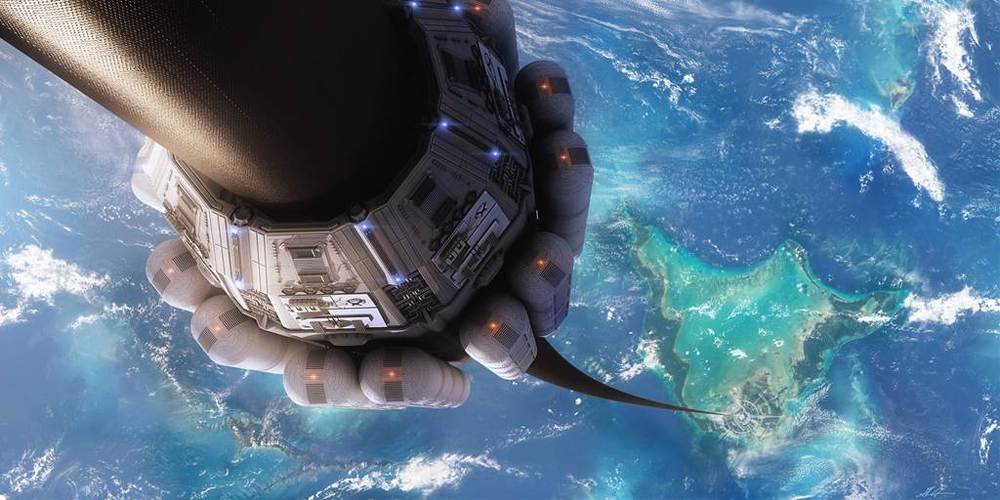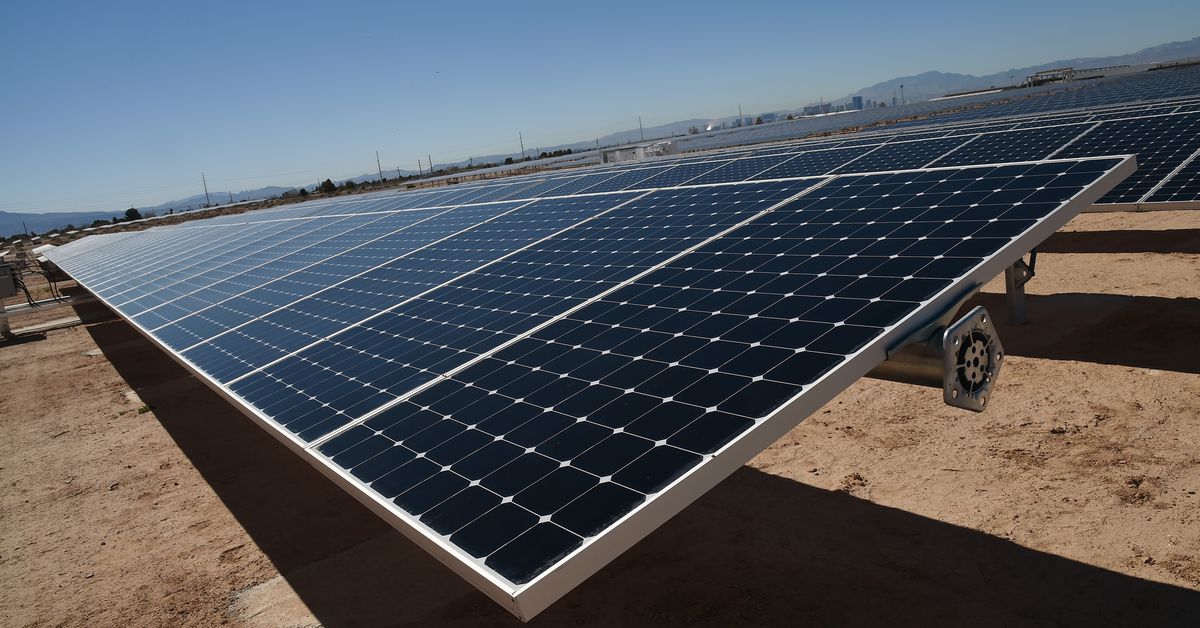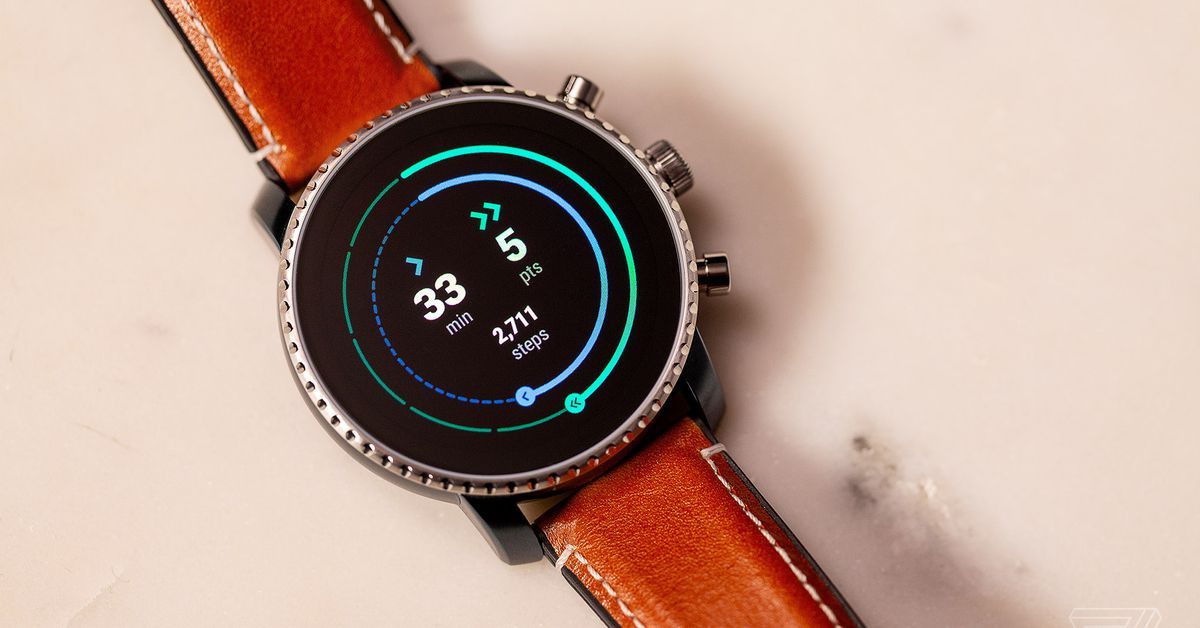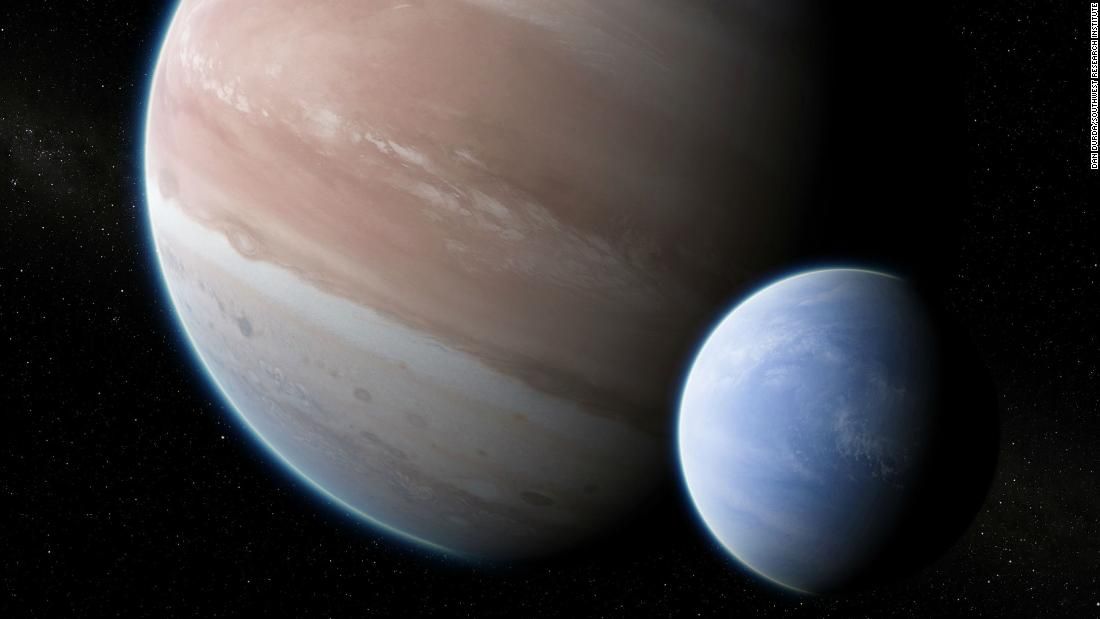Scientists in China and Japan are working to create a space elevator, and an experiment aboard the International Space Station could help point the way.



DARPA seeks to achieve high levels of brain-system communications without surgery, in its new program, Next-Generation Nonsurgical Neurotechnology (N3).
What trouble could a coin-sized black hole cause?
Two-thirds of all cancers are caused by DNA replication errors, according to Johns Hopkins researchers. But don’t light a celebratory cigarette just yet.

Angus, a 1,000lb robot, rolls about the indoor farm on omnidirectional wheels.
Its main job is to shuttle maturing produce to another, as-yet unnamed robot, which transfers plants from smaller growing pods to larger ones.
To do so, it uses a mechanical arm whose joints are lubricated with ‘food-safe’ grease.




For the first time, astronomers have discovered what could be an exomoon, a moon outside our solar system. The exomoon was found around the gas giant exoplanet Kepler-1625b, which orbits a star 8,000 light-years from Earth.
Although moons are common in our solar system, which has nearly 200 natural satellites, the long search for interstellar moons has been an empty one. Astronomers have had success locating exoplanets around stars outside our solar system, but exomoons are harder to pinpoint because of their smaller size.